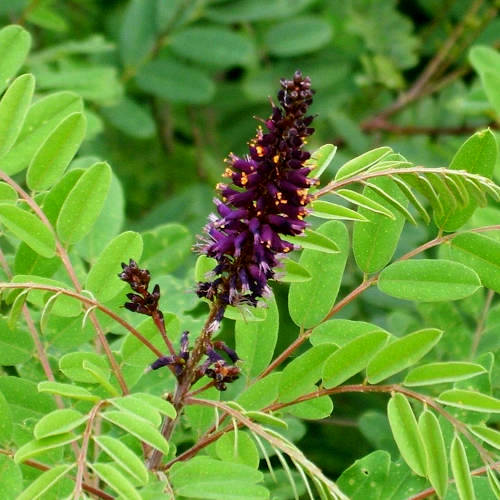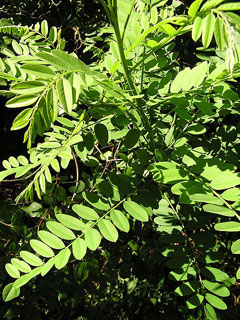False Indigo Seeds

Botanical name
Amorpha fruticosa
Details
Purple flowering large shrub to small tree growing to 4 meters and is often cultivated as an ornamental plant.
Amorphous fruticosa is a deciduous nitrogen fixing shrub in the legume family.
Found wild in most of the contiguous United States, southeastern Canada, and northern Mexico and introduced to Europe. Asia and other continents.
It has minor edible use and some additional uses including: Bedding; Dye; Insecticide; Oil; Repellent; Shelterbelt; and Soil stabilization. Common names, including desert false indigo, false indigo-bush, and bastard indigobush.
Amorphous fruticosa is a deciduous nitrogen fixing shrub in the legume family.
Found wild in most of the contiguous United States, southeastern Canada, and northern Mexico and introduced to Europe. Asia and other continents.
It has minor edible use and some additional uses including: Bedding; Dye; Insecticide; Oil; Repellent; Shelterbelt; and Soil stabilization. Common names, including desert false indigo, false indigo-bush, and bastard indigobush.
Nitrogen fixer
Perennial
Price
$3.90
20 seeds
